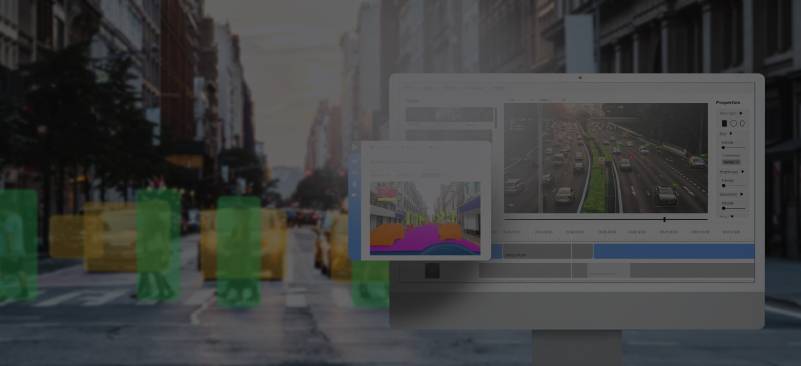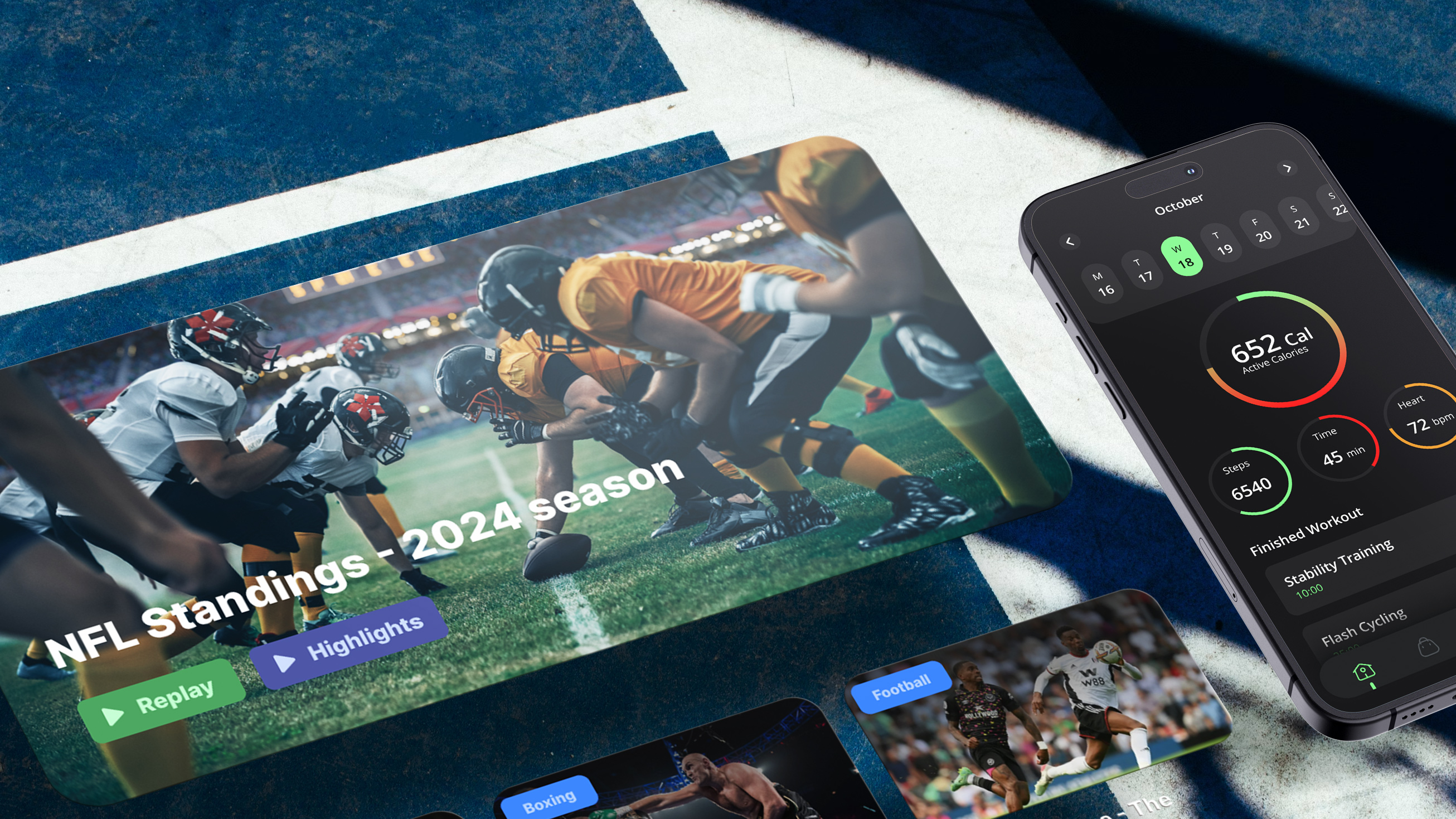Life without cookies, by the numbers
In a not-so-distant future, advertisers may very well use biometric signals or even dream analysis to anticipate our 3 AM pizza cravings. While that might sound like sci-fi, the reality of digital marketing in 2025 already feels futuristic — just not in the way most expected.
With Google Chrome’s phase-out of third-party cookies completed in 2024, we’ve officially entered the post-cookie era. What was once predicted as a “cookie apocalypse” has instead become a rapid transformation — forcing advertisers to rethink user targeting, data collection, and personalization strategies.
Despite initial concerns, the digital advertising industry has shown resilience. Global digital ad spending is projected to reach $513 billion in 2025, marking a 10.7% increase from the previous year1. In the U.S., digital ad spend has hit $317 billion, reflecting 11.6% growth and accounting for 74.4% of total ad spend in the country2.
So, why did advertisers have to say goodbye to third-party cookies in the first place?
To understand the future, we need to briefly revisit the cookie-crammed past that brought us here.
Why did third-party cookies have to go?
Over the past decade, user expectations around privacy have fundamentally changed. What was once seen as the acceptable trade-off for personalized experiences — tracking every click, every pageview, and every purchase — became increasingly questioned.
Massive data breaches, mounting fines for tech giants, and the rise of stricter regulations like the GDPR and CCPA have made it clear: consumer trust must be earned, not extracted.
Google’s decision to sunset third-party cookies in Chrome was not made in a vacuum. It was part of a broader industry shift, where privacy is no longer a “nice-to-have” — it’s a competitive differentiator. In 2024, the final stage of cookie deprecation rolled out, and by 2025, brands have no choice but to adapt.
The future doesn’t belong to those who hoard data — but to those who know how to use it responsibly.
What is cookieless advertising?
Cookieless advertising refers to digital advertising strategies that do not rely on third-party cookies to track users across websites. Instead of shadowing users from one tab to another, these approaches prioritize privacy-first principles, using alternative methods to deliver relevant content without compromising personal data.
This doesn’t mean the end of personalization — it means personalization done smarter.
In a cookieless world, advertisers rely on:
- First-party data — the information users choose to share directly with a brand (like emails, purchase history, or site behavior).
- Contextual targeting — placing ads based on the actual content of the page, not the user.
- Cohort-based models — grouping users with similar interests or behaviors, rather than tracking them individually.
- Clean rooms and server-side tagging — privacy-preserving technologies that allow safe collaboration between platforms and advertisers without exposing raw user data.
In short, cookieless advertising shifts the focus from following users to understanding them — not as data points, but as people.
Cookieless future advertising: What it means for the digital ecosystem

So, this is the new reality: a digital advertising world redefined by the absence of third-party cookies.
The concept of third-party data has shifted from cornerstone to cautionary taleco — something advertisers now treat with skepticism rather than reliance.
At first, many businesses struggled to adjust, unsure of how to navigate this unfamiliar cookieless terrain. But the most adaptable and resilient players didn’t just survive — they evolved. As predicted by McKinsey, leading companies shifted their focus toward three essential strategies:
1. First-party data as the new gold
Collecting first-party data is no longer just a competitive edge — it’s a survival strategy. Companies leverage every available consumer touchpoint: from catalog browsing and content engagement to live chats and support requests. Customer Data Platforms (CDPs) help aggregate and manage this data, while Consent Management Platforms (CMPs) ensure it’s collected and used transparently and legally.
2. Power through partnerships
Data collaboration has become indispensable. Brands form strategic alliances to exchange data safely and meaningfully. These partnerships are now formalized and executed through secure, privacy-compliant environments like Data Clean Rooms, enabling insights without compromising individual privacy.
3. Contextual targeting 2.0
Once considered old-school, contextual targeting is now supercharged by AI. Natural language processing, real-time sentiment analysis, and even image recognition allow for precise ad placements based not on who the user is — but on what they’re consuming. It’s privacy-safe, effective, and scalable.
4. AI at the core
AI is the quiet force behind modern cookieless advertising. From predictive analytics to automated creative generation, machine learning enables advertisers to deliver personalization — without personal data. Tools like Google’s Topics API within the Privacy Sandbox framework have started to replace cookie-based profiling with aggregated, interest-based signals.
Wondering which approach will perfectly fit your business?
We’re here to help. Oxagile will guide you through the new cookieless landscape and help you build marketing strategies that last.

Advertising in a cookieless world:What are the surefire alternatives for targeting audiences?
Oxagile is keeping a keen eye on the changing advertising scene to help advertisers thrive in the future cookieless world. Our expert, AdTech & Big Data Marketing Manager Marina Leontieva, fresh from the Programmatic I/O conference, is about to unveil the insider tips and lifehacks on the techniques that will make advertisers really look like they came from the future.

Expert perspective
“Angelina Eng, the Vice President of Measurement, Addressability & Data at IAB, delivered an insightful talk that closely aligned with our perspective on cookieless advertising, and underscored the significance of classifying audiences into 3 categories and employing appropriate strategies, tailored to each category specifically.
- For Unlinked Audiences (advertiser/publisher data not connected), think about making the most of the data Retail Media Networks collect directly from their users to expand your audience targeting beyond their platforms. Try to create ads that are seamlessly integrated with the publisher’s website, matching its style and even adding interactive elements like search features to improve the user’s experience. Additionally, consider utilizing first-party cookies and user-provided non-personal information, combined with contextual clues or cohorts, to create finely tuned target groups and look-alike models.
- When dealing with Browser/OS Linked Audiences (no third-party tracking), AI truly works wonders. You can make AI-powered keyword insights a regular part of your strategy and fill in any missing data points in your datasets with AI algorithms, making your information more thorough and accurate. Plus, you can use AI for cohort analysis, which allows you to group your audience based on the data you have, enabling more focused marketing efforts. And, if you want to take it up a little, explore deep learning models, which are capable of generating synthetic data to fill in gaps while keeping your data secure and intact.
- And if you’re working with Linked 1:1 Audiences (advertiser/publisher data connected), Data Clean Rooms are your ticket to serious benefits. These tools will let you “activate” first-party data from platforms, making it accessible to third parties all without the need for direct user identification. Plus, another particularly compelling thing you can do with Data Clean Rooms is to dig into aggregated data and get a deeper understanding of unique behavioral trends that define specific user audiences.”
Navigating cookieless world with data superpowers

Thankfully, in the world of cookieless advertising, nobody will be left adrift like a piece of cookie in a cup of milk. We’ve got data collection and management superheroes here to rescue advertisers and help them enjoy the cookieless era.
Customer Data Platform
Customer Data Platform (CDP) is a true digital detective, gathering information from various sources — behaviors, transactions, and demographics — to create a unified customer or a “perfect customer” profile.
However, CDP goes beyond simply understanding your customers. It fosters collaboration among different departments, ensuring everyone has a unified view of the customer. It enforces consistency in messaging, allowing businesses to maintain a synchronized approach to customer engagement even in a cookieless targeting environment.
And the most incredible power of CDP is, no doubt, personalization. It enables businesses to pinpoint their targets with precision, delivering tailor-made experiences that enhance customer retention and boost revenue.
Consent Management Platform
Consent Management Platform (CMP) is like the superhero of data privacy, quietly protecting websites from financial penalties and bad reputation moments, all while keeping things legal.
This digital defender is perfect to:
- Ensure users’ privacy and consent are respected when the website gathers and utilizes first-party data for marketing, analytics, behavioral advertising, content customization, and more.
- Engage in behavioral profiling to make automated decisions, tailoring content to individual preferences.
- Handle international data transfers, ensuring data security and compliance, even across borders.
- Safeguard sensitive information like ethnicity, religious beliefs, biometric data, and political opinions, ensuring the highest level of protection.
Unified Identity
The Unified ID superhero is formed from a user’s email address or phone number and is on a mission to empower advertisers to deliver personalized, targeted ads to consumers while safeguarding their privacy.
Unified ID, in its updated form, embodies the principles of Project Rearc by the Interactive Advertising Bureau (IAB) and enables cookieless tracking to let advertisers and publishers reach users without relying on invasive third-party data.
Data Clean Room
Data Clean Room is on a non-stop guard of user privacy in the cookieless future: it provides advertisers with aggregated and anonymized user information, keeping personal details safe, while offering non-personally identifiable information (non-PII) for targeted advertising and audience measurement.
Data Clean Room comes to the rescue for:
- Ensuring compliance with privacy regulations such as GDPR, enabling businesses to understand users while respecting their privacy.
- Offering a glimpse into trends among groups of users, demographics, and industry segments.
- User segmentation, letting advertisers create customized audience groups for more effective user targeting.
- Analyzing aggregated data, including first-party data, allowing businesses to gain a deeper understanding of user behavior and activity.
- Guaranteeing that user data remains safe, offering a secure location to access and share aggregated user data.
Privacy Sandbox
Privacy Sandbox is the tactician of the cookieless world, quietly working behind the scenes to balance ad relevance with user privacy. Created by Google and now actively shaping the landscape of cookieless advertising Google is pushing forward, this suite of tools helps advertisers adapt without compromising user trust.
Here’s what Privacy Sandbox brings to the team:
- Assigns users to broad interest groups using Topics API, helping advertisers match ads with content — not individuals.
- Enables remarketing via Protected Audience API, storing data locally on users’ devices instead of sending it to third parties.
- Provides Attribution Reporting API to track campaign performance in a privacy-safe way.
In the era of cookieless advertising, Google’s Privacy Sandbox isn’t just a fallback — it’s becoming the new foundation for targeted, privacy-compliant digital marketing.
No cookies? No problem — here’s how to thrive

Expert perspective
“All platforms and tools, such as customer data platforms and consent management platforms, which can not only make a cookieless future bearable but also quite profitable, cover all the essential components for extracting maximum value from consumer data: from data collection and organization to its cleansing and integration.
However, extensive expertise in big data and a deep understanding of AI and ML algorithms allow us to highlight that, despite their apparent simplicity on the surface, there are numerous pitfalls and various scenarios where one tool may excel while another falls short. Therefore, there is no one-size-fits-all cookieless targeting solution at the moment, and the right working mechanism can only be implemented through a thorough examination of your specific goals and customers.
At the same time, there are several tips you can try to smoothen your transition:
- Shift your focus to unfamiliar audiences and reduce your reliance on third-party data.
- Use machine learning for contextual advertising that builds a tight bond between the advert and the placement, making it relevant for the user without relying on cookies.
- Embrace a Test and Learn mentality, foster a culture of experimentation and mindfulness.
- Adopt a holistic data approach and implement a comprehensive strategy that encompasses both known and unknown audience data.
- Equip your organization to adapt to the ever-changing cookieless advertising landscape.”
Sources:
1. Statista, Global digital advertising spending 2020–2025.
2. BYYD, US advertising market trends 2025.


























